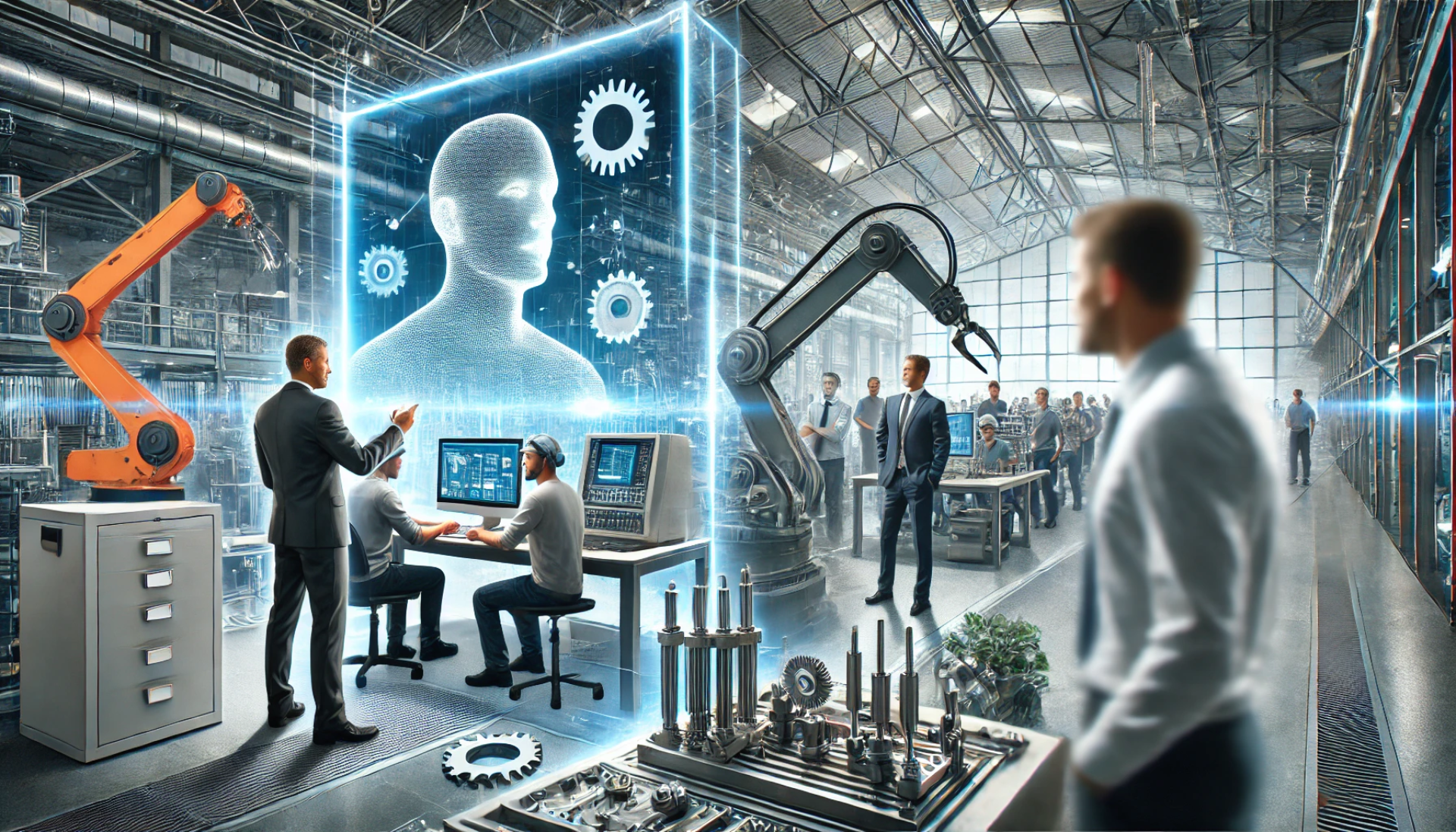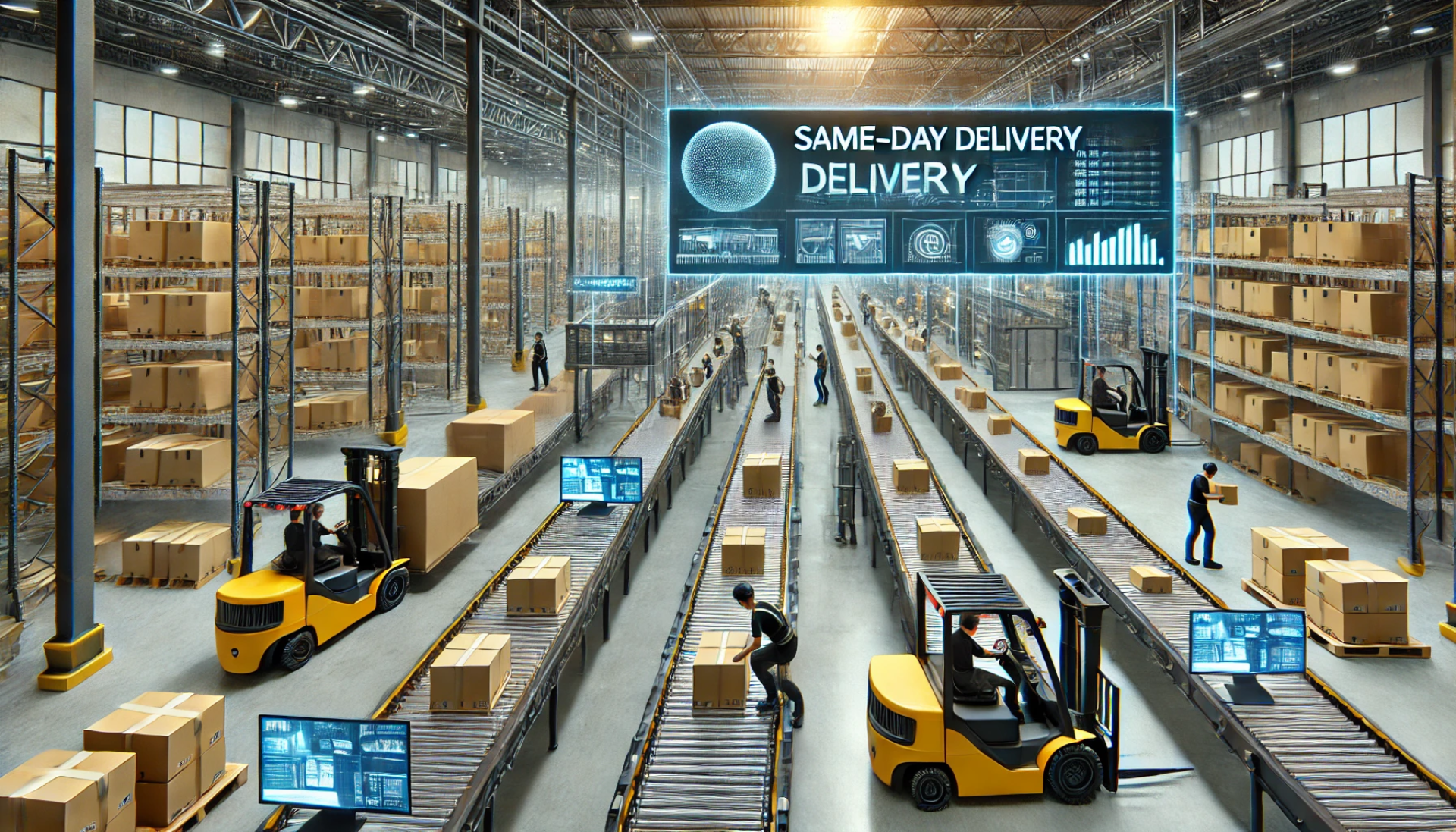The Automation Boom: How It’s Changing the Skills Required in Engineering Teams
In recent years, the surge in automation and artificial intelligence has ushered in a new era for engineering teams. This revolution isn’t just about machines taking over repetitive tasks—it’s about reshaping the very fabric of engineering roles and the recruitment landscape. Today, we explore how automation and AI are transforming the skills that modern engineers need and what businesses can do to prepare for this dynamic future.
The Rise of Automation and AI in Engineering
Automation and AI are no longer futuristic buzzwords; they are very much part of our present reality. Advanced robotics, machine learning algorithms, and smart systems are increasingly handling tasks that were once the exclusive domain of human engineers. From streamlining production lines to optimising design processes, automation is enhancing efficiency and reducing errors.
Yet, while these technologies take centre stage in operational upgrades, they also prompt a crucial question: what skills should engineers cultivate in this new landscape? The answer is far from straightforward, as it involves both traditional engineering expertise and a robust understanding of digital systems.
The Changing Skill Requirements
Historically, engineering roles have been defined by a strong foundation in mathematics, physics, and specialised technical skills. However, the current automation boom has added a new layer of complexity.
Today’s engineers must be proficient not only in the nuts and bolts of their craft but also in understanding and interfacing with digital technologies. Here are some key shifts:
- Data Literacy: With AI generating vast amounts of data, the ability to interpret and leverage this information is becoming indispensable.
- Software Integration: Familiarity with programming languages and software tools is now as crucial as traditional engineering skills.
- Interdisciplinary Thinking: The modern engineer is expected to blend knowledge from various fields—mechanical, electrical, and software engineering—to create cohesive, integrated systems.
The Emergence of Multi-Skilled Engineers
The traditional ‘one-trick pony’ is quickly becoming a relic of the past. In today’s engineering world, the ability to wear multiple hats is more than just an asset—it’s a necessity. Multi-skilled engineers who can bridge the gap between hardware and software, and between traditional engineering and digital innovation, are in high demand.
These professionals bring a holistic perspective to projects, ensuring that automation systems not only perform efficiently but also integrate seamlessly with existing digital infrastructures. Their role often involves:
- Cross-Disciplinary Collaboration: Working alongside IT specialists, data scientists, and system integrators.
- Continuous Learning: Keeping abreast of technological advancements and continually updating their skill set.
- Problem-Solving: Applying diverse techniques from various disciplines to innovate and troubleshoot complex systems.
Integrating with Digital Systems
One of the most significant challenges—and opportunities—presented by automation is the integration with existing digital systems. Engineering teams are increasingly required to ensure that new automation technologies work in harmony with legacy systems and emerging digital platforms.
Key considerations include:
- System Compatibility: Engineers must ensure that new automated solutions are compatible with older systems, avoiding costly overhauls.
- Cybersecurity: As systems become more interconnected, safeguarding against digital threats is paramount.
- Scalability: Solutions should be designed with the future in mind, allowing for easy upgrades and expansion as technology evolves.
Preparing the Workforce: Strategies for Businesses
As automation reshapes the engineering landscape, businesses must be proactive in preparing their workforce for these changes. Here are some strategies to consider:
1. Invest in Continuous Training:
- Establish training programmes focused on emerging technologies, including AI, data analytics, and software integration.
- Encourage engineers to pursue certifications and courses that bolster both their technical and digital skills.
2. Promote a Culture of Innovation:
- Create an environment where experimentation is valued, and failure is seen as a learning opportunity.
- Support cross-departmental projects that encourage collaboration between traditional engineers and digital experts.
3. Revamp Recruitment Strategies:
- Adapt job descriptions to highlight the need for both specialised and digital skills.
- Consider partnerships with educational institutions to tap into emerging talent who are already versed in the latest technological trends.
4. Foster Mentorship and Knowledge Sharing:
- Pair experienced engineers with newer recruits to facilitate the exchange of traditional skills and innovative approaches.
- Organise regular workshops and seminars that address both the technical and digital aspects of modern engineering.
The Evolving Recruitment Landscape
The recruitment process itself is undergoing a transformation in response to these shifting requirements. Employers are no longer looking solely for candidates with a strong technical background. They now seek versatile individuals who demonstrate a capacity for rapid learning and adaptation in a tech-driven environment.
Recruitment strategies are evolving in several ways:
- Emphasis on Soft Skills: Communication, adaptability, and a collaborative mindset are increasingly valued alongside technical prowess.
- Tech-Savvy Interview Processes: Many companies are incorporating technical challenges and real-time problem-solving scenarios into interviews to assess candidates’ ability to integrate with digital systems.
- Diversity and Inclusion: A diverse workforce brings a wealth of perspectives, which is crucial for innovation in a field as dynamic as engineering.
Looking Ahead
The automation boom is not a temporary trend but a fundamental shift in the engineering domain. As automation and AI continue to evolve, so too will the skills required to harness their full potential. Businesses that invest in training, foster an innovative culture, and adapt their recruitment strategies will be best positioned to thrive in this new era.
In the face of rapid technological change, the key takeaway is clear: adaptability is king. Engineering teams must evolve, acquiring a blend of traditional and digital skills to not only survive but excel. For businesses, this means nurturing a workforce that is as dynamic and forward-thinking as the technology it seeks to master.
By embracing these changes today, companies can ensure that they remain at the cutting edge of innovation, ready to tackle the challenges—and seize the opportunities—of tomorrow’s engineering landscape.











